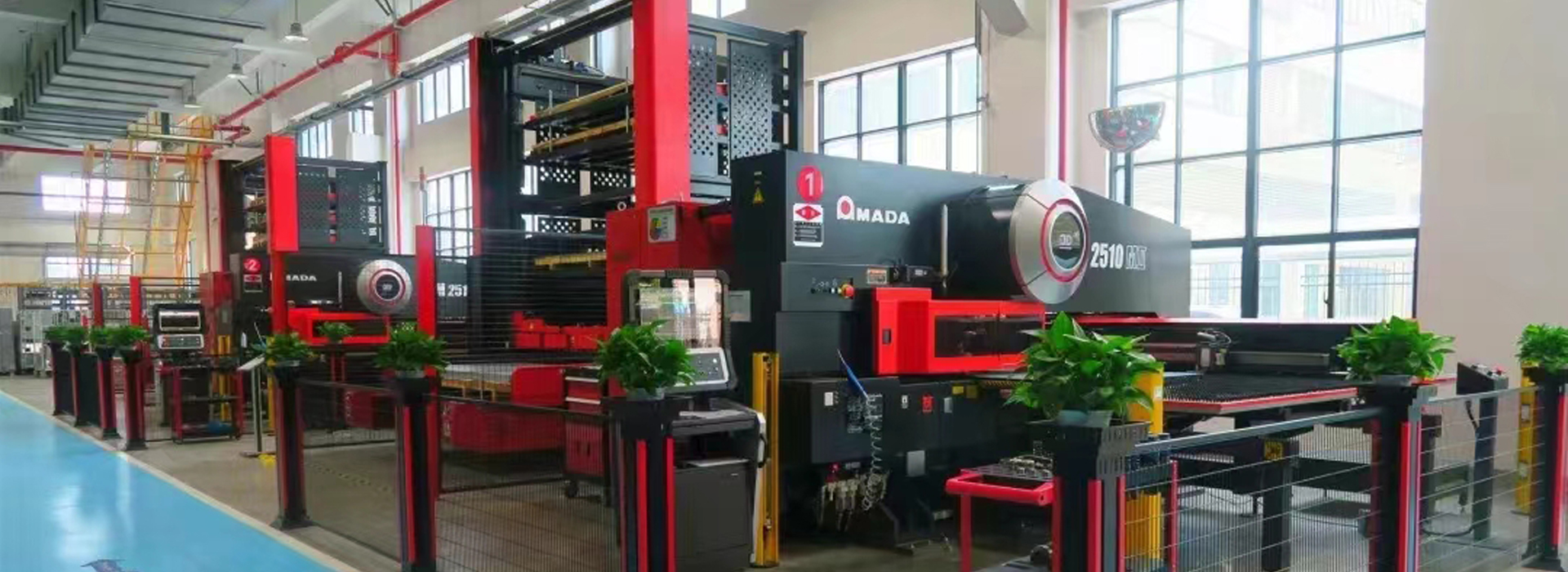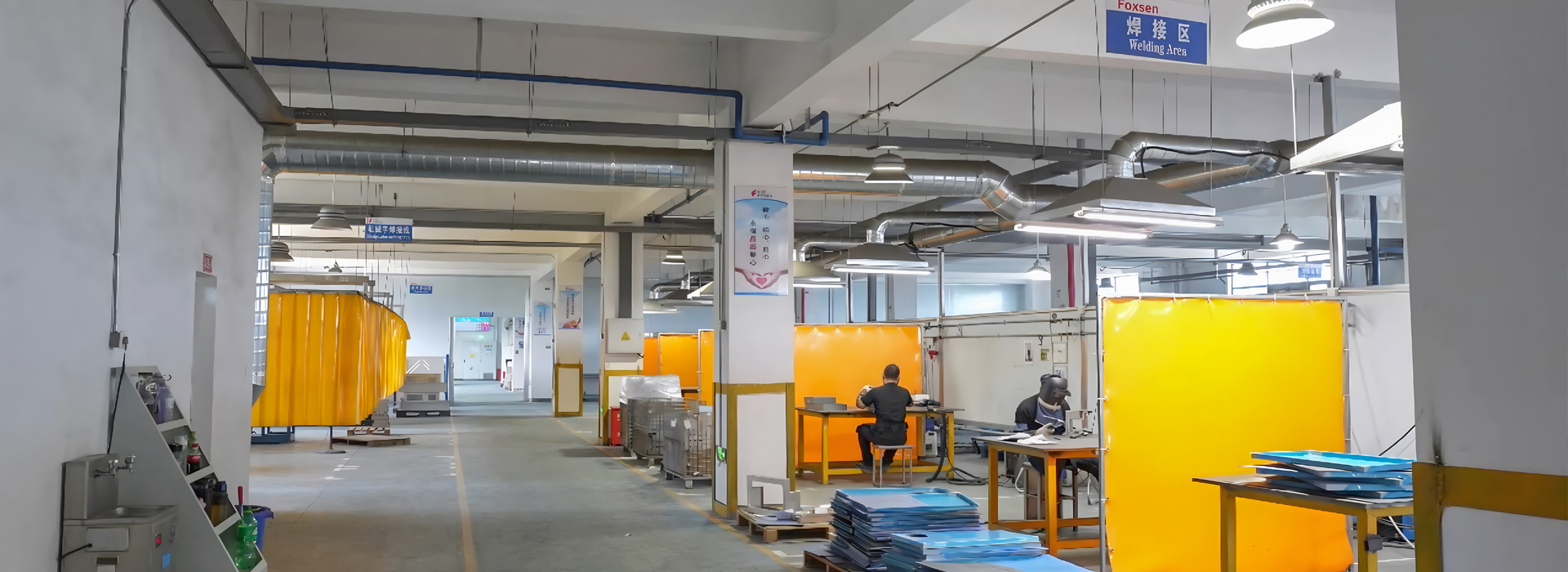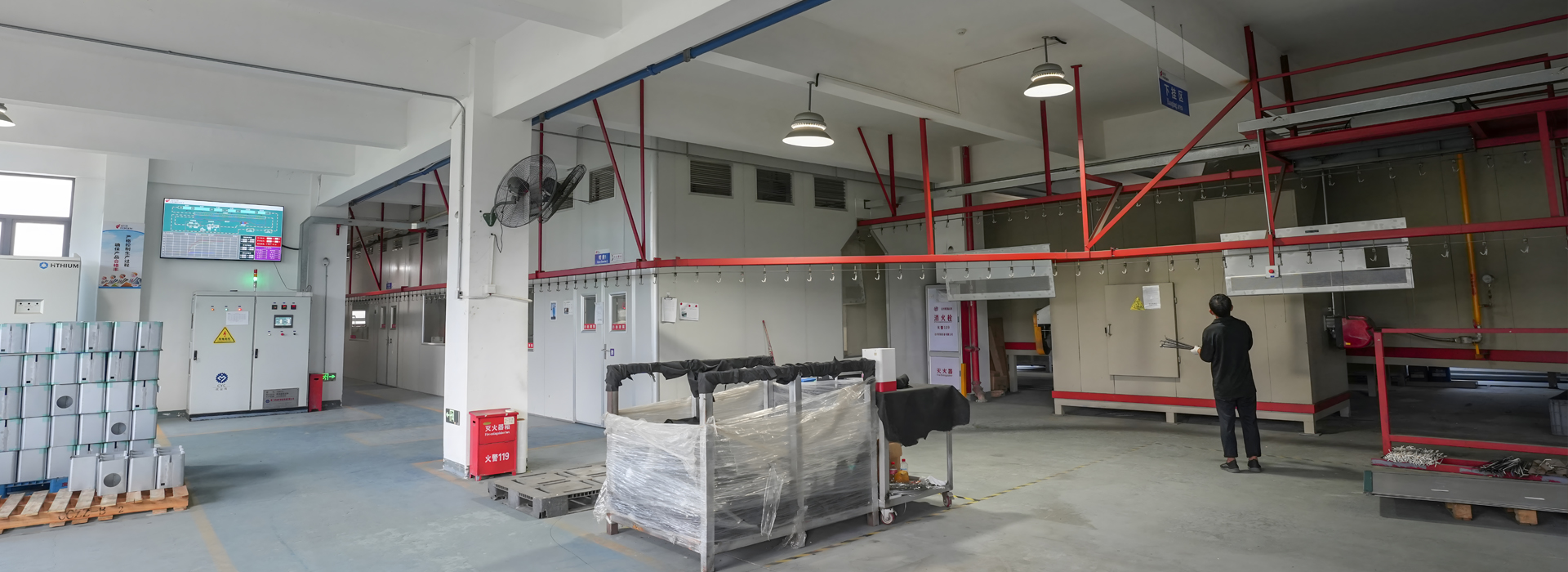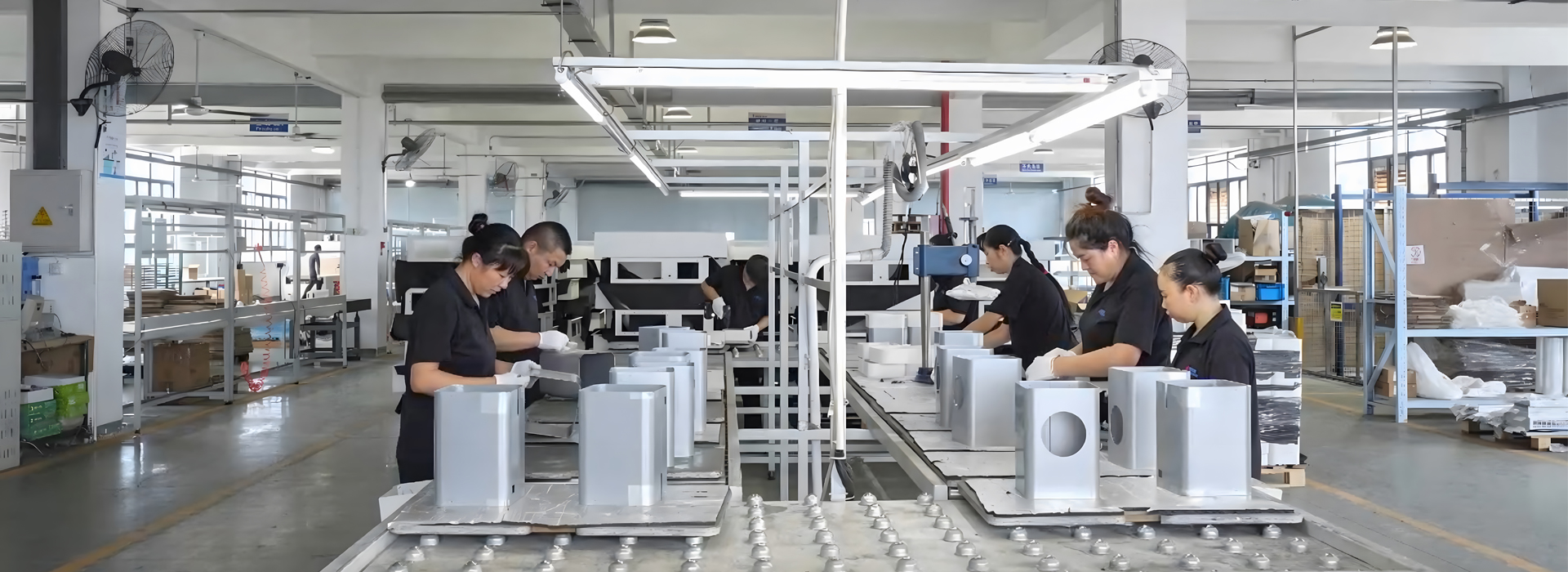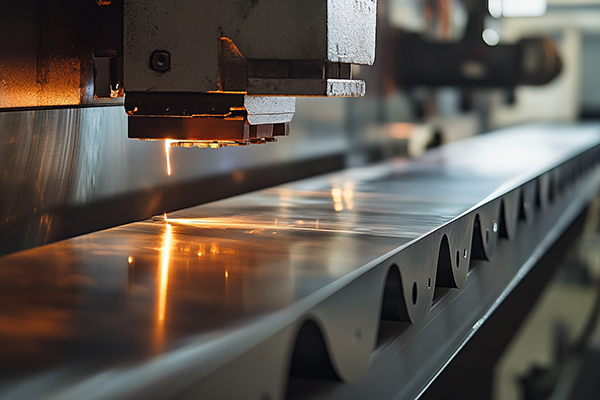
When I think of sheet metal Medical Device Housings, I think of strength and accuracy. These housings keep delicate parts safe from harm and ensure that medical tools function properly. They can accommodate various designs, making them suitable for different devices. Their robust construction helps maintain cleanliness, which is crucial in hospitals. Sheet metal Medical Device Housings are not just covers; they are essential for keeping medical tools safe and operating effectively.
Key Takeaways
Sheet metal is strong and tough, great for shielding devices.
Custom shapes in sheet metal help tools fit well and work better.
Light sheet metal makes devices simple to carry, helping patients move easily.
Sheet metal doesn’t rust and cleans easily, keeping things sanitary.
New ways to make sheet metal create smarter and greener devices.
Overview of Sheet Metal Medical Device Housings
Role in Medical Equipment Design
When designing medical tools, sheet metal is very important. It supports many machines and devices in healthcare. Its strength and flexibility help engineers make accurate designs. These designs meet strict rules in the medical field. Sheet metal is used in surgical tools, diagnostic machines, and even implants. These parts must be safe for patients and work perfectly.
Making precise sheet metal parts is key to their accuracy. This process helps create parts that fit into complex machines. For example, diagnostic tools use these parts for their covers and inner workings. Without them, these machines wouldn’t work as well or as reliably.
Benefits for the Medical Industry
Sheet metal parts offer many benefits to healthcare. First, they are very strong and last a long time. Medical tools often go through tough cleaning and sterilization. Sheet metal doesn’t rust and stays strong, making it perfect for these uses.
Another benefit is the variety of parts it can make. A method called metal stamping creates many items, like surgical tools and diagnostic devices. The table below shows some key facts about its use:
Lastly, the need for medical tools is growing, which leads to new ideas in sheet metal making. Older people and chronic illnesses require better tools. Sheet metal parts meet these needs with accuracy and dependability.
Tip: Sheet metal’s flexibility makes it essential for modern medical tools.
Applications of Sheet Metal in Medical Devices
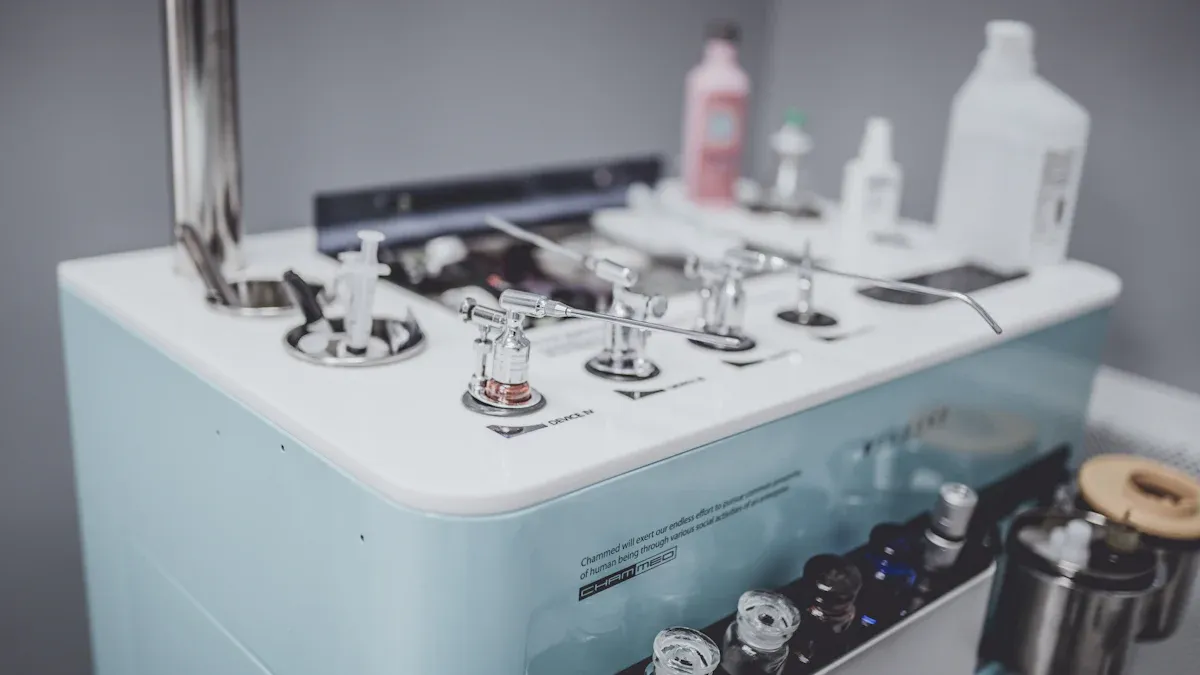
Protective Covers for Equipment
Sheet metal parts are great for protecting medical machines. These covers act like shields, keeping important parts safe from harm. Hospitals and clinics depend on these covers to keep machines working well. For example, ventilators and dialysis machines use sheet metal to protect their systems. These covers also help keep things clean, which is very important in hospitals.
Sheet metal can be shaped to fit perfectly around machines. This makes sure there are no gaps where dirt can get in. The strong material also handles frequent cleaning and sterilization. This makes it a perfect choice for medical tools that need to stay clean.
Covers for Diagnostic Machines
Machines like X-rays and MRI scanners need strong, protective covers. These covers not only protect the machines but also help them work better. Sheet metal parts are made with great care to fit these machines exactly. This helps the machines work properly and give accurate results.
Sheet metal is also used in imaging machines. These covers are light but strong enough to hold the machine’s parts. Sheet metal shaping helps make covers that fit each machine’s needs. Smooth surfaces on these covers make cleaning easy, which is very important in hospitals.
Casings for Surgical Tools
Surgical tools need to be very precise and reliable. Sheet metal is used to make casings that protect these tools. These casings keep the tools safe and working well during surgeries.
Sheet metal shaping helps make casings that are light and strong. This is important for handheld tools, as heavy tools can tire out surgeons. The metal also resists rust, so it stays strong after many cleanings. This makes it a trusted material for doctors everywhere.
Note: Sheet metal is very useful in medical devices. From protective covers to surgical tool casings, it helps keep healthcare tools safe and effective.
Patient Mobility and Rehabilitation Devices
Sheet metal is very important in devices that help patients move. These tools assist people in gaining independence and healing from injuries. The strength and accuracy of sheet metal make it perfect for creating dependable mobility and therapy equipment.
Why Sheet Metal is Important in Mobility Devices
Sheet metal is used to make wheelchairs, walkers, and prosthetic parts. It is lightweight, so these devices are easy to move and use. Patients depend on them every day, so they must last long. Sheet metal is tough and handles daily wear, making it a reliable choice.
Tip: Lightweight sheet metal makes mobility devices easier and more comfortable to use.
Uses in Rehabilitation Equipment
Rehabilitation tools, like braces and therapy machines, use sheet metal for its flexibility. Engineers design custom parts to meet each patient’s needs. For example, braces made with sheet metal give strong support but still allow movement. Therapy machines use sheet metal covers to protect their delicate parts.
Features That Help Patients
Sheet metal has smooth surfaces that are easy to clean. This is very important for keeping devices hygienic. It also doesn’t rust, so the tools stay safe and work well even in tough conditions. These qualities help keep patients safe and comfortable.
Here’s a simple table showing how sheet metal helps in mobility and rehabilitation:
Thoughts on Future Improvements
In the future, sheet metal in mobility and rehabilitation tools may improve even more. Engineers might find ways to make devices lighter and more flexible. Adding smart technology could also make these tools better, like using sensors to track patient recovery.
Note: Sheet metal continues to help patients by offering strong and creative solutions for mobility and rehabilitation.
Advantages of Sheet Metal Medical Device Housings
Durability and Longevity
Sheet metal parts are strong and last a long time. They go through tests to check how well they handle stress and work over time. These tests show how the material performs under pressure. They also help find ways to make it better. Manufacturers use this information to improve designs, making housings more reliable.
Sheet metal doesn’t rust, which is important in clean medical spaces. It can handle many cleaning cycles without breaking down. This keeps devices safe and working well. Strong sheet metal parts help devices last longer. This means fewer replacements and lower costs over time.
Precision and Customization
Sheet metal parts are made with great care to fit perfectly. Engineers design and build housings to match each device’s needs. This accuracy helps devices work properly without any gaps or problems. Careful design makes medical tools safer and better.
Tests show how sheet metal can be customized for different uses:
Special designs make housings fit parts exactly.
Reviews fix problems with shaping and making the parts.
Choosing the right material, like stainless steel or aluminum, helps meet specific needs.
These tests prove that sheet metal can be shaped to fit many medical tools. It offers both flexibility and dependability.
Lightweight and Cost-Effective Solutions
Sheet metal parts are light, which makes devices easier to use. Lighter tools are helpful for portable equipment in busy hospitals. They are easier to carry and move around, making them more practical.
Sheet metal is also affordable. It works well for making many parts at once, saving money. Its ability to resist rust adds value by making devices last longer. This reduces repair costs. Here’s a table showing these benefits:
These features make sheet metal a smart choice for medical housings. It balances good performance with low costs.
Material Considerations for Medical Device Housings
Stainless Steel and Aluminum
Stainless steel and aluminum are common materials for medical housings. Stainless steel is strong and doesn’t wear out easily. It can handle frequent cleaning and sterilization without damage. This makes it great for surgical tools and diagnostic machines. Aluminum is lightweight and easy to shape. It’s often used in portable devices where weight is important. Both materials last a long time but are used for different purposes.
Corrosion Resistance and Hygiene
Materials must resist rust and stay clean in medical settings. Devices face moisture, cleaning chemicals, and body fluids. Stainless steel doesn’t rust and stays strong in these conditions. Aluminum also resists rust but may need extra coatings for protection. Smooth surfaces on both metals make cleaning simple. This helps prevent germs and keeps devices safe. Hospitals trust these materials because they meet strict cleanliness rules.
Material Selection for Specific Applications
The right material depends on what the device is used for. Stainless steel is strong and safe for surgical tools. Aluminum is better for lightweight devices like wheelchairs. Engineers test materials to make sure they are safe and work well. Careful choices ensure medical devices are reliable and help patients effectively.
Future Trends in Sheet Metal for Medical Devices
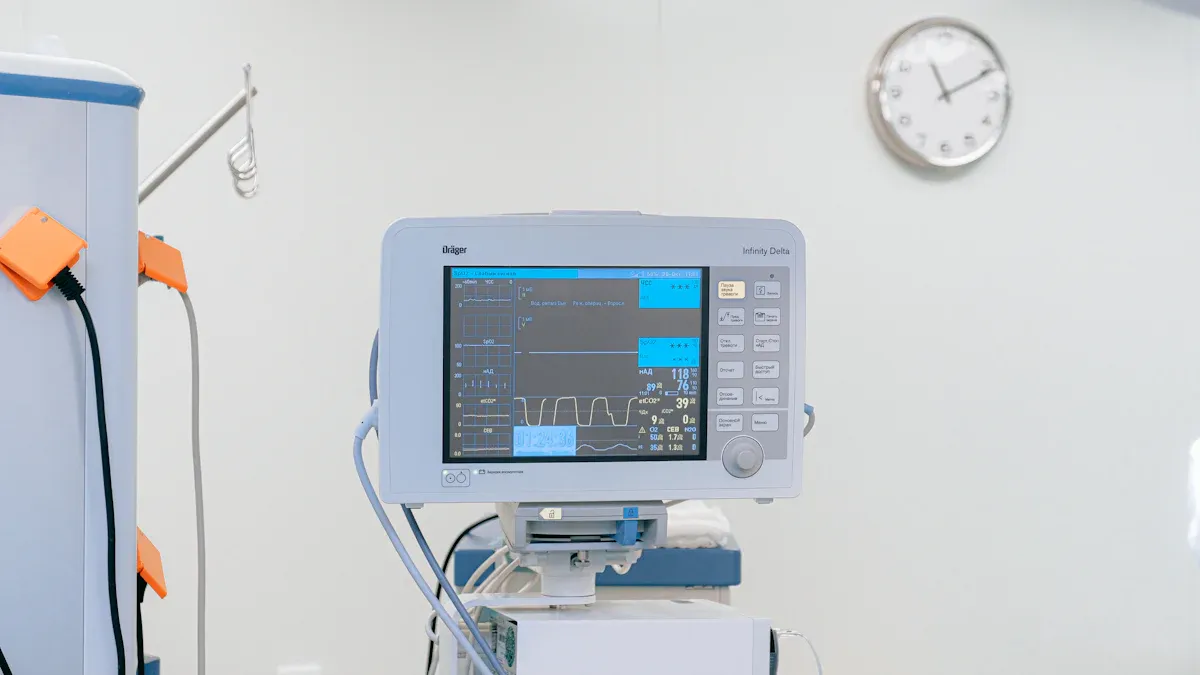
Advanced Manufacturing Techniques
New ways of making sheet metal parts are changing things. These methods make parts stronger, more accurate, and better to use. For example, welding types like MIG and TIG keep parts strong under pressure. Glue-like adhesives are light and great for delicate devices. New materials, inspired by electric cars, last longer and resist rust. Mixing sheet metal with 3D printing or other materials allows creative designs.
Here’s a table showing these new ideas:
These improvements make medical tools work better and last longer, helping patients.
Smart Technology Integration
Smart technology is making sheet metal housings even better. Some designs now have quick-release parts for easy assembly. Laser-cut titanium makes devices lighter but still strong. Tiny holes help with cleaning and sterilizing the tools. Special coatings and bumpers add safety and improve how devices work. These smart features make medical devices safer and easier to use.
Sustainability and Eco-Friendly Materials
Making medical devices is becoming more eco-friendly. Recyclable metals like aluminum and stainless steel cut down on waste. Factories are using less energy to make parts, which helps the planet. Using fewer resources while keeping quality high is good for everyone. In the future, we’ll see more ideas that protect the environment and improve healthcare.
Sheet metal medical device housings are very important in healthcare. They help keep medical tools safe and working properly. Engineers use them to create strong and accurate designs for many devices.
Note: Sheet metal doesn’t rust and stays clean, making it perfect for medical use.
With new technology, sheet metal will bring more improvements to healthcare. Smarter designs and eco-friendly materials will help make better tools for doctors and patients.
FAQ
What makes sheet metal ideal for medical device housings?
Sheet metal is strong and lasts a long time. Its smooth surface makes cleaning simple. Engineers can shape it to fit different medical tools. This makes it a dependable choice for healthcare.
How does sheet metal contribute to patient safety?
Sheet metal doesn’t rust and handles cleaning well. This keeps devices safe and clean for patients. Its smooth surfaces stop germs from growing, which is very important in hospitals.
Can sheet metal housings be customized for specific devices?
Yes, engineers can design sheet metal to fit any tool. Techniques like laser cutting make precise shapes. This helps housings match the needs of each medical device.
Why is lightweight sheet metal important in medical devices?
Light sheet metal makes devices easier to move and use. It’s helpful for portable tools like wheelchairs and scanners. It reduces effort for users while staying strong.
Are sheet metal housings eco-friendly?
Yes, metals like aluminum and stainless steel can be recycled. Factories use less energy to make these parts. This makes sheet metal a good choice for the environment.

